Four-cylinder Jeep Wrangler Packs on the MPGs

The 2018 Jeep Wrangler JL is not the inline-six-powered, aerodynamic brick it was in years past. For the current generation model — now the only Wrangler built in Toledo — Jeep’s Jeepiest Jeep saw a host of improvements designed to lighten its curb weight, reduce aerodynamic drag, and cover more ground on a gallon of gas.
The model launched with only the 3.6-liter Pentastar V6 under its hood, aided in its fuel-sipping mission by standard stop/start and an eight-speed automatic transmission. Depending on the model and tranny, combined fuel economy rose 2 mpg between the old JK and newer JL models, and highway mileage rose as much as 4 mpg.
Finally, we now have EPA figures for the turbocharged 2.0-liter four-cylinder Wrangler.
(H/T to Bozi Tatarevic for spotting the new listing.)
Generating 270 horsepower and 295 lb-ft of torque, the Wrangler’s new four-cylinder mates with a 48-volt battery and mild hybrid system for additional MPG gains. It’s only available with the eight-speed automatic. With a belt-starter generator supplementing the vehicle’s low-RPM torque and controlling its stop/start functionality, the four-banger Wrangler’s biggest fuel economy gains are found in city driving.
The EPA rates the two-door 2.0-liter model at 23 mpg city, 25 mpg highway, and 24 mpg combined. For four-door Unlimited models, fuel economy drops to 22 city/24 highway/22 combined.
Compared to the four-cylinder, V6-powered JL automatic models return 20 mpg combined, 18 mpg city, and 23 mpg highway. Only the six-speed manual version of the two-door V6 Wrangler matches the two-door four-cylinder’s highway fuel economy.
Put another way, the new four-cylinder model tops the recently departed Wrangler JK (with five-speed automatic) by 4 mpg on the combined and highway cycles. Great news, what with fuel prices rising in the U.S. and spiking in Canada, eh? Hold your horses. Adding this engine to your stable warrants an additional $1,000 outlay, or an extra $3,000 if you were considering a manual V6 model. Also, it drinks premium, unlike the Pentastar.
Apparently, you can care about the environment or your wallet, but not both.
For fun, let’s look back 30 years to see what a Wrangler drank at the end of the Reagan era. With an AMC-derived inline-six displacing 4.2 liters under the hood and a three-speed TorqueFlight automatic managing the power, a top-end 1988 Wrangler returned 14 mpg combined. Even on the highway, the EPA found it couldn’t exceed 15 mpg. Bricks aren’t svelte.
With the 2.0-liter Wrangler’s fuel economy now listed by the EPA, it shouldn’t be too long before they begin showing up at dealers.
[Image: Fiat Chrysler Automobiles]

More by Steph Willems
Latest Car Reviews
Read moreLatest Product Reviews
Read moreRecent Comments
- Bd2 Eh, the Dollar has held up well against most other currencies and the IRA is actually investing in critical industries, unlike the $6 Trillion in pandemic relief/stimulus which was just a cash giveaway (also rife with fraud).What Matt doesn't mention is that the price of fuel (particularly diesel) is higher relative to the price of oil due to US oil producers exporting records amount of oil and refiners exporting records amount of fuel. US refiners switched more and more production to diesel fuel, which lowers the supply of gas here (inflating prices). But shouldn't that mean low prices for diesel?Nope, as refiners are just exporting the diesel overseas, including to Mexico.
- Jor65756038 As owner of an Opel Ampera/Chevrolet Volt and a 1979 Chevy Malibu, I will certainly not buy trash like the Bolt or any SUV or crossover. If GM doesn´t offer a sedan, then I will buy german, sweedish, italian, asian, Tesla or whoever offers me a sedan. Not everybody like SUV´s or crossovers or is willing to buy one no matter what.
- Bd2 While Hyundai has enough models that offer a hybrid variant, problem has been inadequate supply, so this should help address that.In particular, US production of PHEVs will make them eligible for the tax credit.
- Zipper69 "At least Lincoln finally learned to do a better job of not appearing to have raided the Ford parts bin"But they differentiate by being bland and unadventurous and lacking a clear brand image.
- Zipper69 "The worry is that vehicles could collect and share Americans' data with the Chinese government"Presumably, via your cellphone connection? Does the average Joe in the gig economy really have "data" that will change the balance of power?
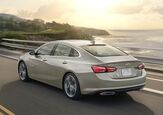
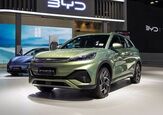
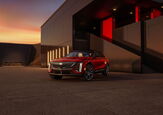

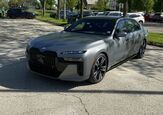











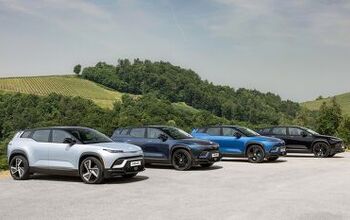
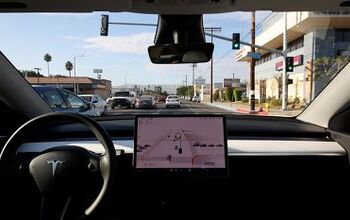
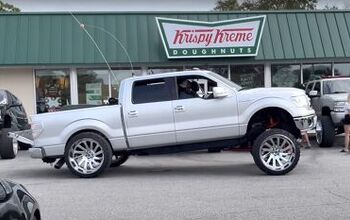
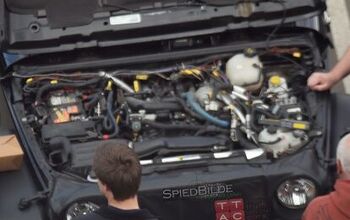
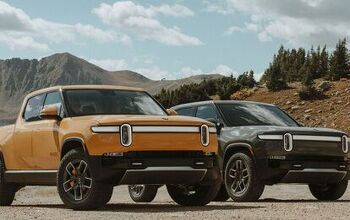
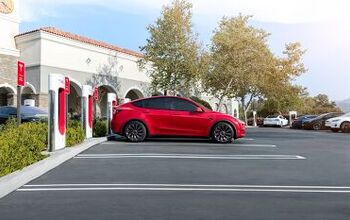
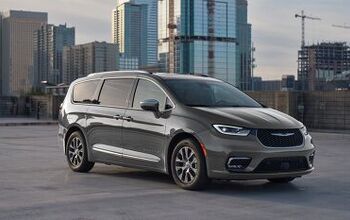
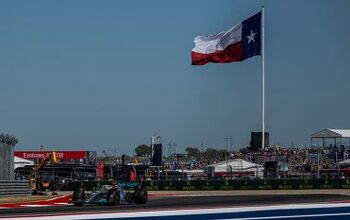
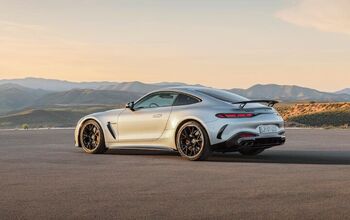
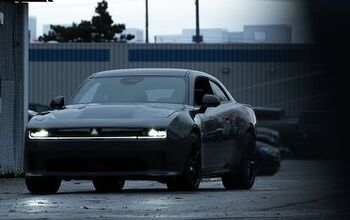
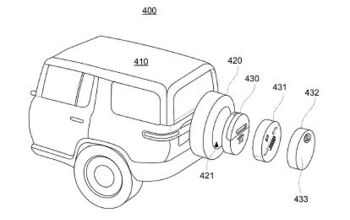
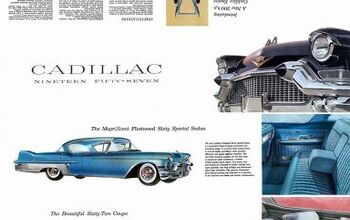
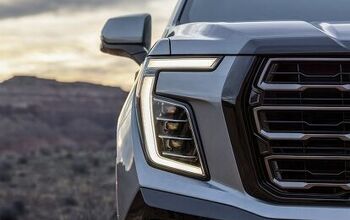
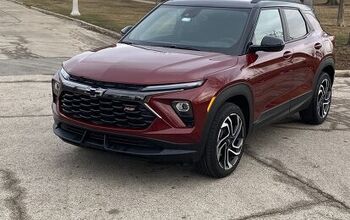

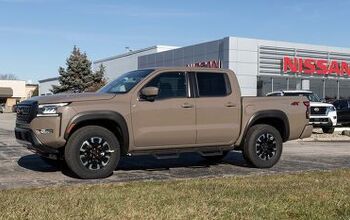
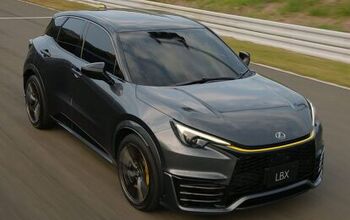
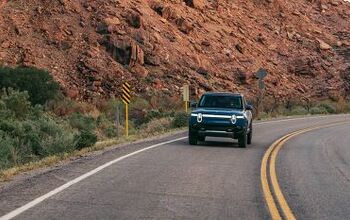
Comments
Join the conversation
23 mpg city and 25 mpg highway, with an 8-speed transmission? That there's some really great aerodynamic improvement.
23 MPG in a modern Jeep, with all the government-mandated emissions gear and airbags, safety standard bumpers, plus comfort features such as noise deadening material, air conditioning, heated seats, navigation systems and infotainment is PRETTY DARN GOOD. My first Jeep, a 1948 CJ-2A had none of that. All that stuff adds weight plus loads of extra wiring and other things that you don't think about. PLUS, making 275 horsepower at the same time ! Look at the horsepower of the 1950s cars AND JEEPS. Nowhere near 275 HP. All these factors make 23 MPG a large accomplishment. And look at what they had to do to get it- start/stop at stoplights and stop signs, an eight-speed transmission, aluminum for some body parts just to mention a few. 23 MPG is quite an accomplishment. Maybe the next generation will be nuclear-powered and the mileage will impress even you.